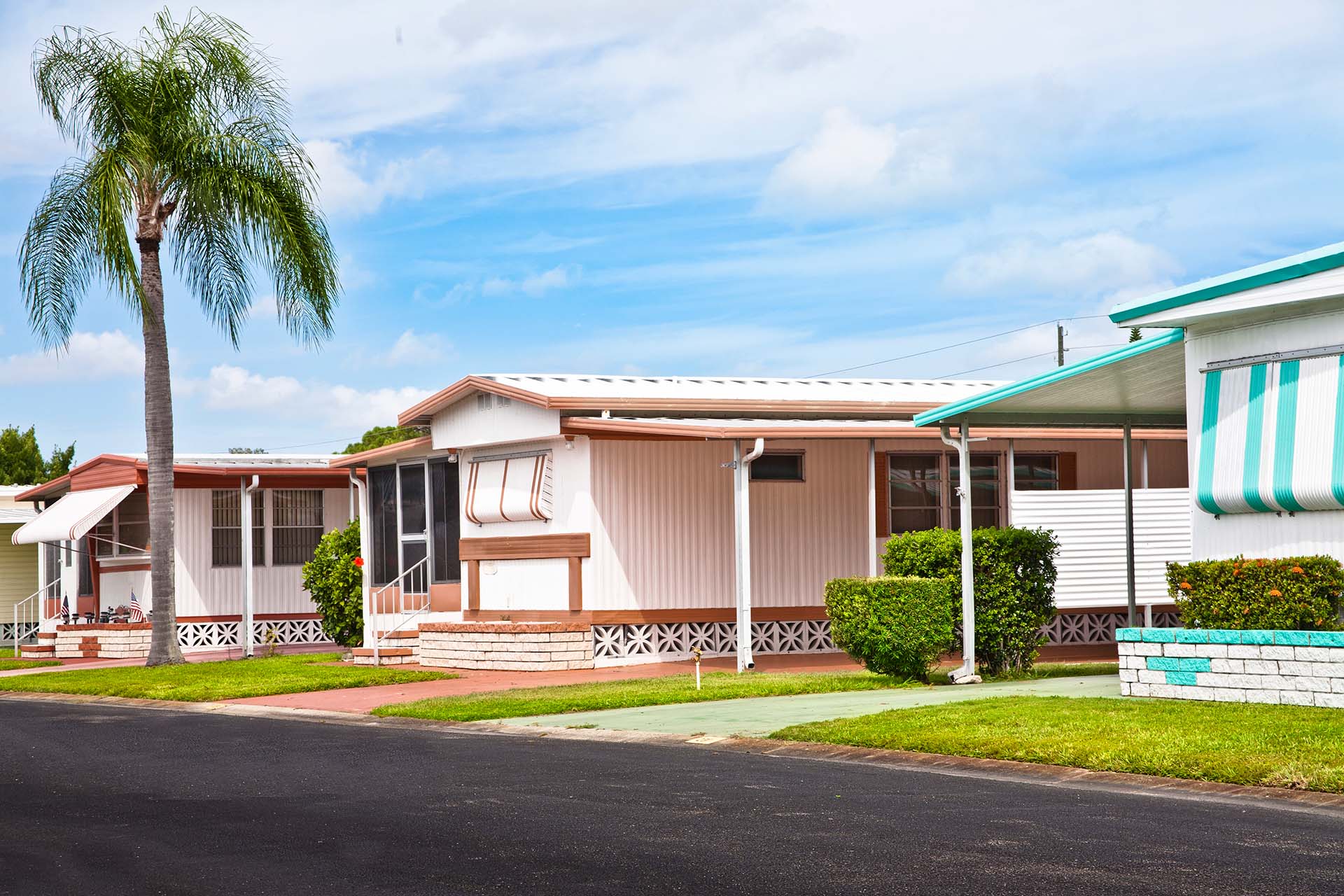*Updated 7/13/2020
From humble beginnings to the modern designs of today, manufactured homes have undergone a transformation in style and efficiency. While remaining affordable, manufactured homes have come a long way, transforming into a luxury living option that rivals a standard home on a foundation.
The history of manufactured homes began with a need to provide housing that could be easily relocated. Over time, technology and materials have dramatically improved the process, making manufactured homes a viable choice for a permanently placed residential structure. Here we look at the history of manufactured homes from World War II to today.
How Manufactured Homes Got Started
Starting during World War II, manufactured homes were actually used as temporary housing for those who needed to travel for the war effort. They were easy to pick up and move while providing basic needs.
After the war ended, manufactured homes became popular, as they were a quick and affordable option for soldiers returning from the war. In the 1950s, demand began increasing for affordable housing that was not only mobile, but could also be set up in a semi-permanent or permanent basis. Many people wanted a mobile lifestyle, but didn’t want to pay a hefty price.
By the mid-50’s, factory built homes increased in size from eight feet wide to the 10-foot models. This larger size required an industrial truck to transport the home to the lot and marked the beginning of the trend in larger manufactured homes with more permanent placement that we see today.
Increased Attention on Manufactured Home Safety
By the 1970s, the manufacturing process became standardized with regard to quality, materials, and energy efficiency requirements. On June 15, 1976, the Housing and Urban Development (HUD) Code regulations were enacted. Construction and certification became mandated when The Federal Manufactured Home Construction and Safety Standards (commonly known as the HUD Code) went into effect.
This advancement marked a crucial step in the evolution of manufactured homes, as it ensured construction safety and quality. While affordable, congress also realized the importance of safety standards and wanted to ensure all Americans were provided safe housing at an affordable price.
Today’s manufactured homes are usually placed in a permanent location and carry HUD certification labels directly after manufacture to prove quality and safety standards have been met. Some of these guidelines state that the construction of all manufactured homes must take place in a controlled environment, they must be constructed on a permanent chassis, and are up to date with all fire codes.
Benefits of Today’s Manufactured Homes
Today’s manufactured homes use less energy than the older ones, incorporating a whole building design philosophy. They are attractive, functional, water-efficient, resilient to wind, seismic forces, and moisture penetration. They are now a popular alternative to traditional brick and mortar construction, especially in regions known for high real estate prices or desired locations for second homes such as Florida.
Recently, more and more millennials have been turning to manufactured homes, specifically in Florida, as they provide a cost-effective option for those who are no longer wanting to rent. Many veterans also select manufactured homes in communities that specifically cater to them.
Manufactured homes come with an array of customizable options and floor plans to fit your needs without breaking your budget. With the HUD Code still strictly enforced, you can be assured your manufactured home has been constructed safely away from the elements and meet all fire, plumbing, and energy efficiency requirements.
Why Choose a Manufactured Home?
Many dream of owning their own home, but unfortunately, the reality is that the journey to homeownership is expensive. While homeownership might seem out of reach, manufactured homes offer luxury living at an affordable price, allowing you to access the home of your dreams without breaking the bank.
In addition, they are durable, high quality, and still appreciate in value, similar to that of a brick and mortar home. Whether you are a first time home buyer, or are simply looking to retire in Florida, explore Jacobsen Homes manufactured homes as an affordable pathway to homeownership.

